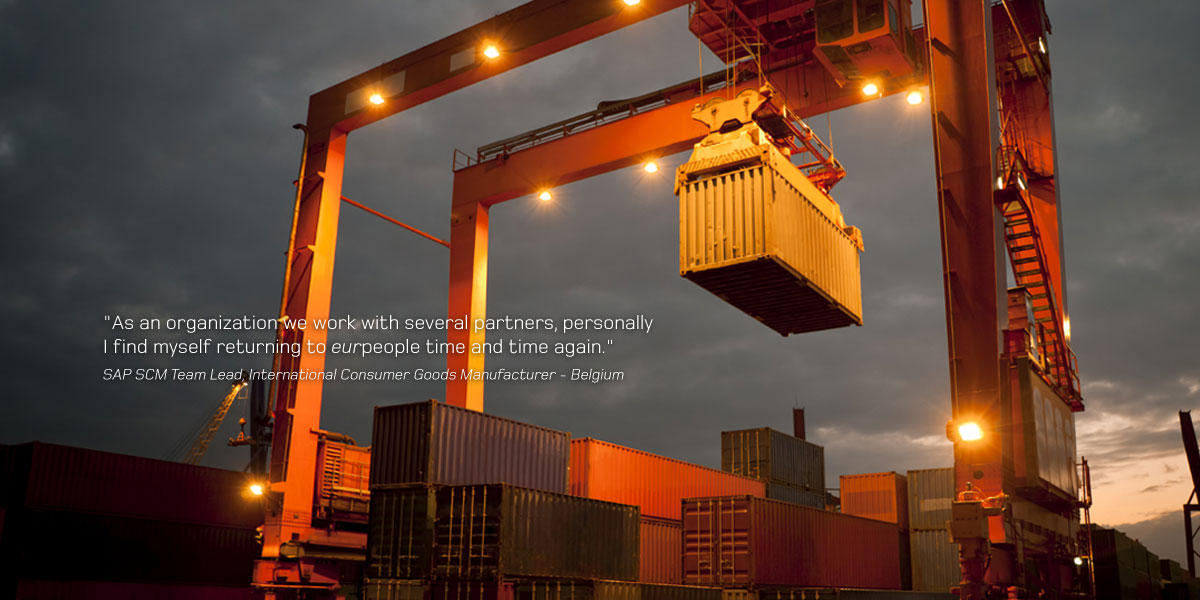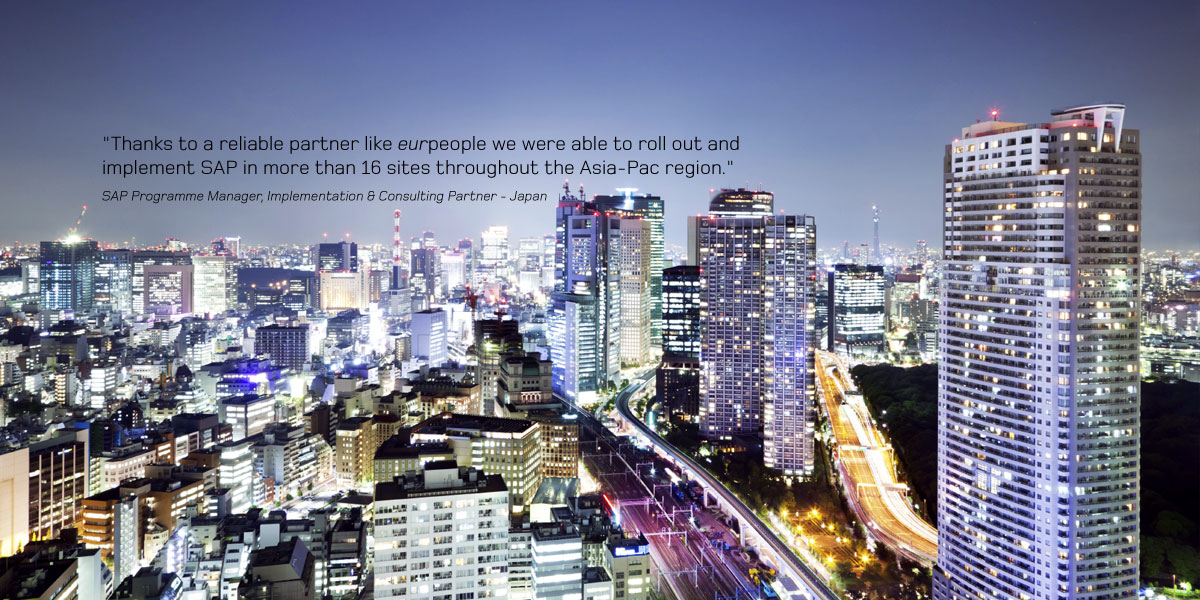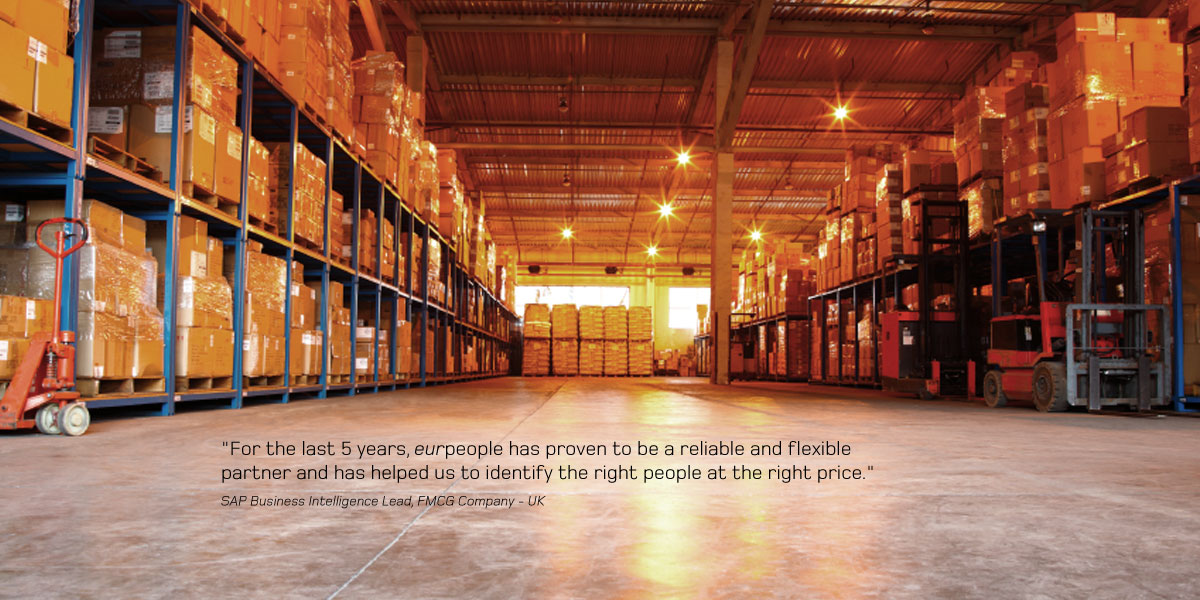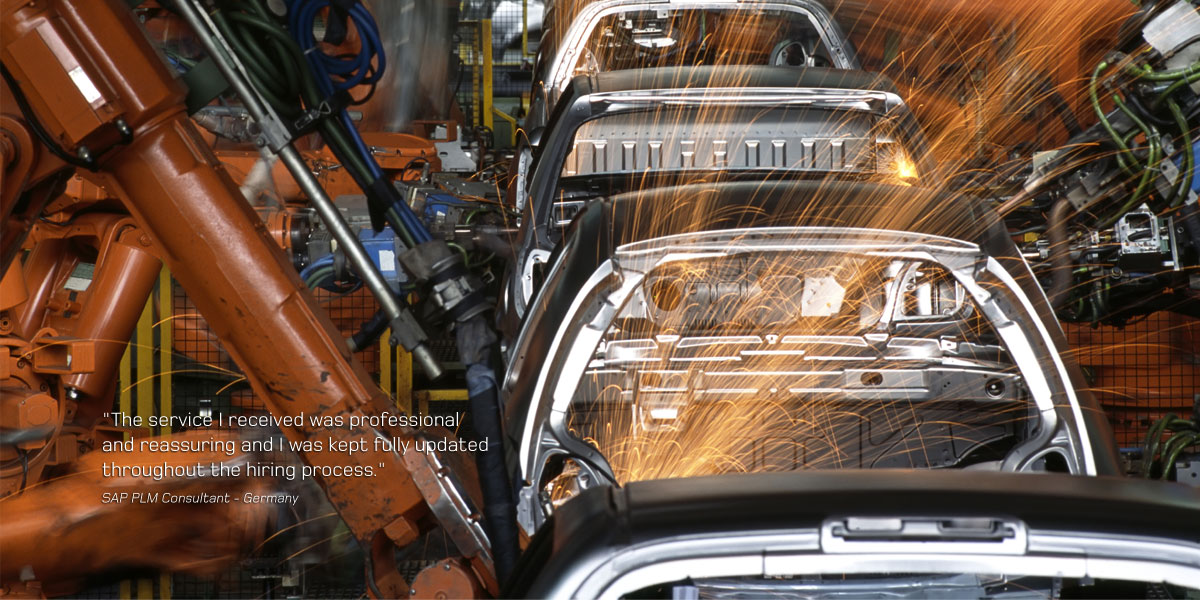FIRST LEGO League: Sparking Enthusiasm for STEM
An international competition sparks enthusiasm for science and technology in young people from all over the world.
At 8 o’clock in the morning, the five boys from Hockenheim stand wide awake on the streets of Tenerife, suitcases in hand, laughing and talking while they wait for the bus to the International Centre for Trade Fairs and Congresses in Santa Cruz. Though they barely had time to enjoy a few hours of relaxation at the hotel pool after their flight, the 10 to 13 year old boys are in high spirits.
What is the FIRST LEGO League?
The FIRST LEGO League (FLL) is an international competition designed to inspire young scientists in the fields of science and technology. In 1998, the American FIRST corporation and the LEGO group joined forces to initiate this competition. . More than 29,000 teams participate worldwide with over 233,000 children and teenagers between nine and 16 years.
“We want to have fun, make new friends from all over the world, and do our best in the competition,” says Julien Wehowski. His teammates all agree. His father and coach Frédéric Wehowski, however, looks a bit tired. “When a competition stretches over several days, I’m so full of adrenaline I can barely sleep.”
Yet cassapeia coach Martin Waibel still gets goosebumps during the opening parade, when all the teams march into the great hall waving their banners. “This kind of international tournament – it feels like I’m at the Olympics. You won’t get this atmosphere anywhere else,” he says.
The 90 top FIRST LEGO League (FLL) teams from 40 different countries and 5 different continents gathered in this awe-inspiring great hall with a panorama view of the Atlantic Ocean for the four days of this huge competition. Among them were teams from Australia, Egypt, Brazil, China, India, Israel, Japan, Jordan, Lebanon, Mexico, Pakistan, Peru, Russia, South Africa, Turkey, Israel, the USA, and many European countries.
All 1,000 participants are aged between nine and sixteen years old and have one thing in common: a burning passion for science and technology.
During the international competition, the children get the chance to showcase what they’ve learnt in the past nine months of the FIRST LEGO League season. Each of the 90 teams had to arrange its own exhibition booth in the great hall, which also served as their headquarters. Many teams used the breaks between the individual competitions to visit other team’s stands, exchange sweets with them, and collect as many buttons as possible. Mostly, the children talked about robots and compared successful research projects, sharing tips and tricks without hesitation.
“Of course we’re competing against each other and everyone wants to win,” says Zoltan Szitas (16), the eldest and most experienced member of TalentumSAP. “But it’s even more important to learn new things and help one another. That’s what’s so amazing about LEGO League: I get to meet so many people my age from all over the world who are thirsty for knowledge like me.”
The live robot run always attracts the biggest audience. Each team developed their own strategy to master the missions on the table performance board. No two robots are the same. Since this FLL season started in August 2015, the teams invested hundreds of hours in creating their robots and extensions and bringing them to perfection for the individual missions. Top teams like SAPHARI, cassapeia and TalentumSAP squeeze 10 to 15 hours of robot training into their schedules alongside school and other hobbies. According to Fréderic Wehowski: “The secret to success is simple: good solutions come from hard work, and even more hard work.”
However, perfecting your robot so that it works impeccably at home does not guarantee the same for the competition, as many external factors influence the robot game. Only the teams that can quickly recognize and adapt to these have a chance of winning.
While cassapeia and TalentumSAP struggled with these adjustments in the first two rounds, SAPHARI’s robot had less problems and thus secured the winning title for the team after only two competition rounds with 925 and 976 points, this season’s highest score. They received a trophy for their first place in the robot game, with the second and third places going to cassapeia and TalentumSAP.
The SAP teams took the first three places in the table performance category, proving that the company’s support for the LEGO League is worthwhile. “Without SAP, we wouldn’t be able to pay for the team to travel to the international competitions,” says Angelika Hanesz, coach of TalentumSAP, the seven-member team from Slovakia. “We are very thankful for SAP’s support.”
FIRST LEGO League & SAP
FIRST LEGO League has been a fixed part of SAP’s social responsibility framework since 2003. The company supplies each SAP team with a robot set and the robot game field and covers their participation fees and parts of travel expenses. In 2015, SAP supported 94 teams from Germany, Bulgaria, Hungary, Poland, Slovakia, Austria, and Switzerland. Three of them qualified for the FLL Open European Finals in Spain, and one qualified for the FLL World Festival in St. Louis, USA. Around 200 SAP employees in seven countries assisted some 800 children in this year’s 2015/16 season.
IT teacher Angelika Hanesz believes that the FLL is the best way to get children and teenagers interested in robotics and programming. “They love this competition and are so proud of their achievements,” she says. The interest does not fade away either. “I know what I want to do later,” declares Zoltan Szitas, who built TalentumSAP’s robot. “I want to be an engineer for NASA and build robots that will travel into space.”
He also explains that FIRST LEGO League is about more than designing and programming robots. “The most important thing I learned is how to do scientific research, and how to confidently present my results in English.”
Tim Waibel (17), seven-time participant in the FLL and junior coach of cassapeia in 2016, also feels he gained a lot of experience from these competitions: “I have developed a strong affinity for IT, because my area of expertise was programming the robot. But even more importantly, I learned to work in a team, solve problems without help, and how to delegate tasks and organize a project. We don’t really learn things like that at school.”
Tim graduated from school in April and wants to study IT, but first he will spend a year of voluntary social service coaching a team at a high school in Heidelberg in preparation for the next FIRST LEGO League. Next season, he will volunteer as a judge for the FLL in Central Europe, staying true to his passion even after his active career has come to an end.
Tim is not an isolated example: Thomas Madeya, a robot design judge at Tenerife, started coaching a team from Walldorf ten years ago. “The boys and girls really wanted to keep coming, even after they had passed the age limit,” he says, “so we just changed the business model and became judges.” He and his five boys and two girls now grown-up help with the events at FIRST LEGO League from regional championships through to the Open European Championship. They even founded their own organization, “Nano Giants Academy e.V.”, to help young FLL teams around Germany and to organize test runs. Their goal: Infecting as many young people as possible with their passion for the cool LEGO robots.
Christian Engraf, a first-time participant from team SAPHARI, has already succumbed to the FIRST LEGO League virus. This is his impression of the four-day competition:
“The absolute highlight was our team’s cooperation with cassapeia. We played the robot game on two tables set up side-by-side. After we finished the missions of the game field, we made our robots exchange two boxes filled with LEGO pieces across the tables, and then bring them back to their base, all within the two and a half minutes game time. No one has ever done that before. It was a world premiere.”
Both teams together set up a new world record for points won during the robot game. And even better, Christian learned an important lesson for life: It is possible to cooperate with others, even when you are rivals. In FIRST LEGO League jargon, this is called coopertition.
| Location: | Start Date: | ||
| Rate: | Duration: | ||
| Type: | Reference: |
Contact Details
To find out more about how eurpeople can cater for your needs contact us at the following:
London Office
eurpeople Recruitment Ltd
South Point House, 321 Chase Road
London, N14 6JT, United Kingdom
Middle East Rep Office
eurpeople ME Recruitment Ltd
PO Box 309, Girne
Mersin 10, Turkey













